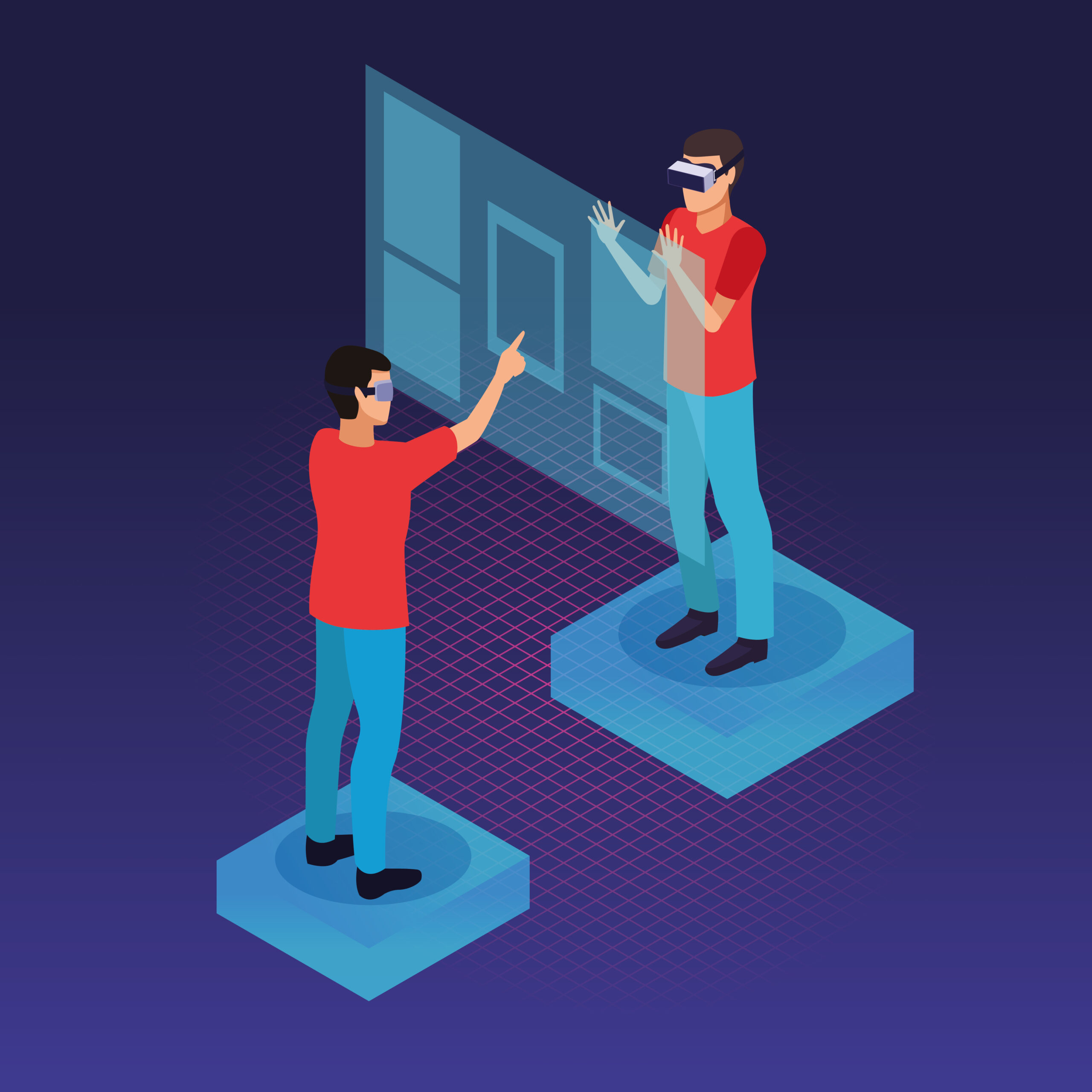I. Introduction
A. Defining AR and Its Significance
Combining the digital and physical realms, Augmented Reality (AR) provides immersive experiences and has gone from being a far-fetched idea to a major force propelling technological advancement. By overlaying digital data over the actual environment, this state-of-the-art technology improves our view of and engagement with it.
B. Brief Overview of AR Software
AR software, which makes it possible to build and control augmented reality experiences on many devices, is the cornerstone of this technology. Tablets and phones to specialized AR glasses this software has completely changed how people connect and how well operations run.
II. The Evolution of AR Software
A. From Basic Applications to Advanced Enterprise Solutions
The trajectory of AR software has been nothing short of remarkable. Early iterations focused on simple applications, like overlaying text or images onto live camera feeds. Today, we witness comprehensive enterprise solutions that integrate complex data visualization, interactive training modules, and intricate augmented workflows.
B. Key Technological Advancements in AR Software
Increases in spatial computing, computer vision, and 3D rendering have raised the bar for augmented reality applications. More precise and realistic augmentations made possible by these technologies open the door for their use in demanding and complicated settings.
III. AR Software in Various Industries
A. Education and Training
1. Case Study: Smithsonian’s “Skin & Bones” App
The “Skin & Bones” app revitalizes the museum experience, transforming static exhibits into dynamic learning opportunities. By pointing a device at certain exhibits, users can see skeletal structures come to life, demonstrating AR’s power to make learning interactive and engaging.
B. Healthcare
1. Case Study: AccuVein’s Vein Visualization Technology
The augmented reality (AR) technology used by AccuVein helps medical personnel locate veins more effectively. This not only improves patient care but also demonstrates how AR may simplify and advance medical operations.
C. Retail
1. Case Study: IKEA Place App
By letting consumers see furniture in their homes before they buy, IKEA Place transforms the purchasing experience. This use of AR lowers uncertainty and shows how it can close the gap between online and offline purchases.
D. Manufacturing
1. Case Study: Boeing’s AR Glasses
Boeing’s use of augmented reality glasses for assembly line work highlights how AR may increase manufacturing precision and productivity. These glasses reduce mistakes and streamline installation by offering hands-free, real-time instructions.
E. Real Estate
1. Case Study: Realtor.com’s AR Feature
Realtor.com integrates AR to enhance the home buying experience, enabling users to envision future homes furnished. This innovative approach streamlines the decision-making process, illustrating the versatile applications of AR in various sectors.
IV. Enhancing User Experience and Work Efficiency
A. Impact of AR Software on User Engagement and Learning
AR software has significantly improved user engagement by making interactions more intuitive and engaging. In educational settings, it transforms abstract concepts into tangible experiences, thereby enriching the learning process.
B. Improvements in Work Processes and Productivity
In professional environments, AR software streamlines workflows by providing workers with real-time information and guidance. This not only boosts productivity but also enhances safety and precision across tasks.
V. The Future of AR Software
A. Emerging Trends and Technologies in AR
AR software has a bright future ahead of it, as researchers work to make it more interactive and lower the delay. Some new trends are the use of artificial intelligence (AI) to make experiences more personalized and the creation of smarter augmented reality (AR) devices.
B. Predictions for AR’s Role in Future Industries
AR is going to be a tool that everyone needs because it can be used in new ways for teaching, creation, support, and customer service. Its ability to combine digital information with the real world will continue to break down walls, change how things are done, and make things run more smoothly.
Conclusion
A. Recap of the Importance of AR Software
AR is going to be a vital tool in many different sectors as it provides creative answers for customer service, design, maintenance, and training. The capacity to combine digital data with the real world will keep dismantling obstacles, redefining experiences, and streamlining processes.
B. Final Thoughts on the Future of AR in Technology and Industries
The exploration of AR software from a human-centric perspective highlights its profound impact on daily and professional life. By enhancing human experiences and workflows, AR software not only showcases technical advancements but also champions a future where technology enriches the human element.
References
The case studies and developments discussed in this article attest to the revolutionary potential of augmented reality software in many industries. A closer look at each case study and the underlying technology might provide individuals who are interested in AR more understanding of its uses and advantages.
Not just trendy terms, augmented reality, augmented software, and augmented applications offer routes to a more productive and participatory future. The possibilities for AR are endless and point to a day when digital improvement will be a regular part of our daily lives in Education, Healthcare, Retail, Manufacturing, and Real Estate.




